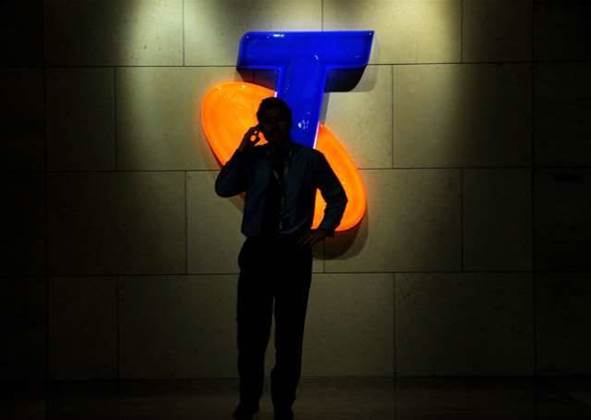Telstra has completed tests running 5G in low-band 850MHz spectrum that it has repurposed from its 3G network, and says the capability is “now ready for commercial use”.

The telco said that declining traffic on its 3G network, which is due to be switched off in mid-2024, meant that some of the spectrum it used could be “repurposed … for more efficient and higher value 5G services while still maintaining our 3G services in operation.”
Telstra started testing this in November last year and indicated today that those tests are now complete.
“The addition of low band 5G to our network is going to offer greater depth to our 5G coverage and help us bring 5G to some hard to reach places – another part of our drive to make 5G accessible to as many Australians as possible,” technology development and solutions executive Channa Seneviratne said in a statement.
Telstra said that parts of its network would be able to support “a 5G data session over distances exceeding 80km” courtesy of the use of the repurposed 850MHz spectrum.
More 850MHz spectrum is set to be auctioned by the government, although Telstra may be limited in how much extra it is able to purchase, owing to its existing holdings.
The carrier said it had activated around 1200 sites to run 5G services in 850MHz spectrum.
The telco already sells devices that support running 5G in the 850MHz band.
Most 5G services - including Telstra - run in the 3.5GHz and 3.6GHz bands.
Telstra - and other telcos - are also looking at so-called mmWave bands between 26-28GHz to also carry some 5G signals.
Mmwave spectrum is expected to be auctioned by the government sometime this year.
Telstra said that in total it has 3000 active 5G sites across Australia and over one million consumer devices connected, with “thousands” more added each week.
5G services are increasingly being viewed by mobile telcos as a way to encourage some NBN users back on-net, improving margins and removing telcos from an ongoing price squeeze that NBN Co is otherwise not keen to address.
NBN Co has recently asked regulators to provide public speed tests and points of comparison between its fixed line network and 5G services, a recognition of the competitive threat posed by cellular services.




.png&h=140&w=231&c=1&s=0)
_(20).jpg&h=140&w=231&c=1&s=0)





 iTnews Executive Retreat - Security Leaders Edition
iTnews Executive Retreat - Security Leaders Edition












_(1).jpg&h=140&w=231&c=1&s=0)



